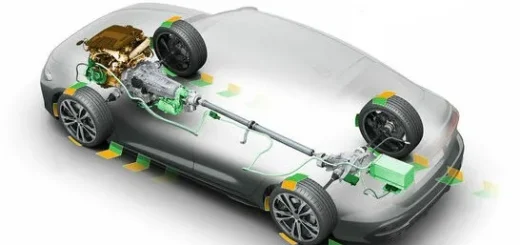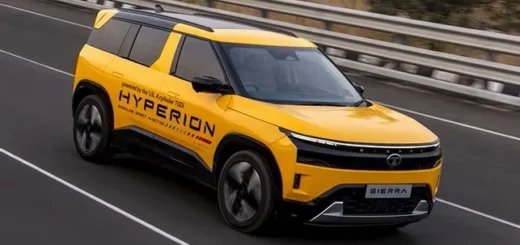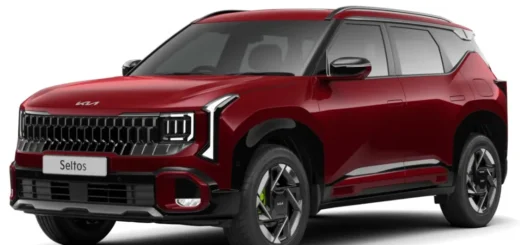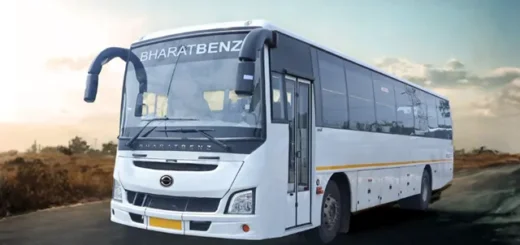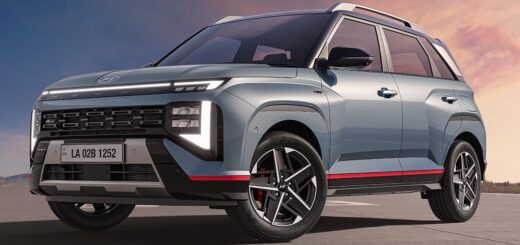Volkswagen puts its acclaimed ‘VR6’ engines to rest after 36 years
Volkswagen’s VR6 engine featured an innovative design that combined the best attributes of a ‘V’-engine configuration and ‘in-line’ layout.

Volkswagen Group has officially retired its legendary ‘VR6’ engine early this month. Although the engine was largely phased out in the previous decade in Europe and North America, the VR6 continued to power some VW models in China until now. The engine is highly acclaimed for its ingenious design that stood apart from conventional V6 design.
The VR6 engine was introduced in 1991 by Volkswagen, although the design concept was previously pioneered by Lancia decades earlier. The name implies “V-Motor” and “Reihenmotor,” the German word for “inline engine.” It was conceived to bridge the gap between the compact dimensions of an in-line four and the smooth power delivery of a V6.
Also Read: The ultimate journey of Volkswagen brand to fame
Unlike the 60- or 90-degree bank angle for cylinders in a typical V6, the VR6 instead featured an unconventional 15-degree angle. With a common cylinder head for both the cylinder banks (containing 3 cylinders) and dual camshafts, the engine simplified the design and manufacturing costs of building a V6.
As a result, the six-cylinder engine was remarkably compact and perfectly sat in the engine bay of a typical four-cylinder vehicle, say VW Golf. The engine’s smooth power delivery, punchy torque, and distinctive sound became synonymous with VW’s sporty brand image.
The VR6 adored a host of vehicles whose legacy stood the test of time. This includes VW Passat, Jetta (Mk4), New Beetle, Phaeton, and Touareg, apart from Audi TT and Q7, Skoda Superb, and so on. A Golf prototype in 2009 made a whooping 463 hp of power with a 3.2-litre VR6 engine! Cars like Skoda Superb 3.6 in India actually featured VR6 layout, but was simply called as ‘V6’. The company is said to have assembled over 1.87 VR6 engines till date globally!
More importantly, it is these engines which gave birth to the ‘W’-layout engines of the Bugatti Veyron and other Bugattis! Volkswagen clubbed the VR6 engines to make the ‘W’ engines including W8, W16, and even concept W18 engine.
Also Read: Volkswagen ‘Dieselgate’ Emission Scandal: All You Have To Know
However, as is the case with any technological marvel, the VR6 engines had to make way for newer innovations. Factors such as stringent emission norms, the trend of ‘downsizing’ (making smaller engines), and even the emerging era of EV techs have pushed the manufacturer to discontinue the VR6 engines since mid-2010s.
In fact, the technology has evolved so much that a contemporary in-line 4-cylinder turbo-charged engine can make similar output with higher fuel efficiency and lower emissions. Therefore, it makes less sense for VW to cling on to VR6 engines anymore. Nevertheless, the legacy of VR6s will continue to live on, finding a forever place in the history of automotive innovations.
Image Credit: HumbleMechanic Youtube channel


